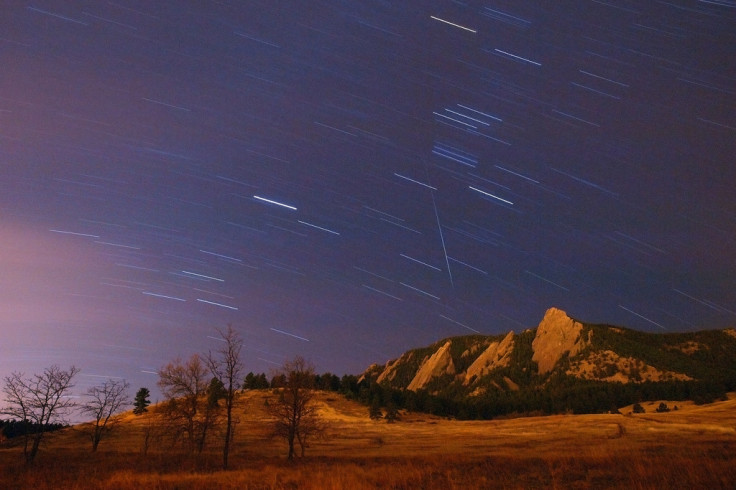From super blue blood moon to dazzling meteor showers, 7 space events you can't miss this year
Some extraordinary celestial moments are lined up in 2018. IBTimes UK has compiled a curated list to help you catch the best ones.
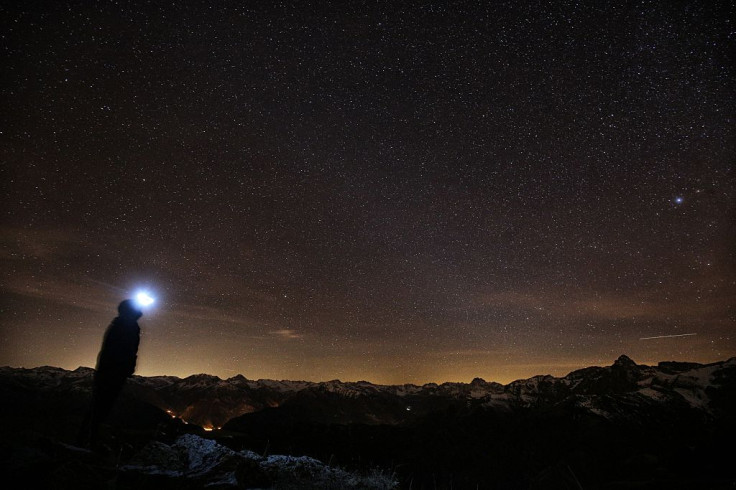
2018 is off to a flying start, especially for skywatchers around the world.
The night of January 1 brought a rare wolf moon – the largest and brightest supermoon of the year, which was a treat for shutterbugs. The moon looked absolutely stunning in every sense. However, in case you missed it, there is still a good chance to catch a few spectacular celestial events in the coming months.
IBTimes UK has compiled a curated list to help you catch the best ones – just don't forget to mark the dates in your calendars.
Super blood blue moon and total lunar eclipse – 31 January
After the wolf moon, January also has a super blood blue moon coming up which can be viewed by skywatchers from different parts of the world. Though this will not be as big as the January 1 supermoon, its faint red hue certainly makes it a must-see event. This, according to Nasa, will be a result of the total lunar eclipse paired up with the supermoon in some specific parts of the globe.
The lunar eclipse will be visible from eastern Asia across the Pacific to western North America. However, viewers in eastern North America will only witness a partial eclipse, since the event starts near sunrise, while those in the UK and Africa will not get to see the eclipse at all.
As for the supermoon, it will be the second of the month, which is why it has been touted as a blue moon – occurring once every two-and-a-half years. The best time to view the supermoon will be when it rises or sets and is just above the horizon.
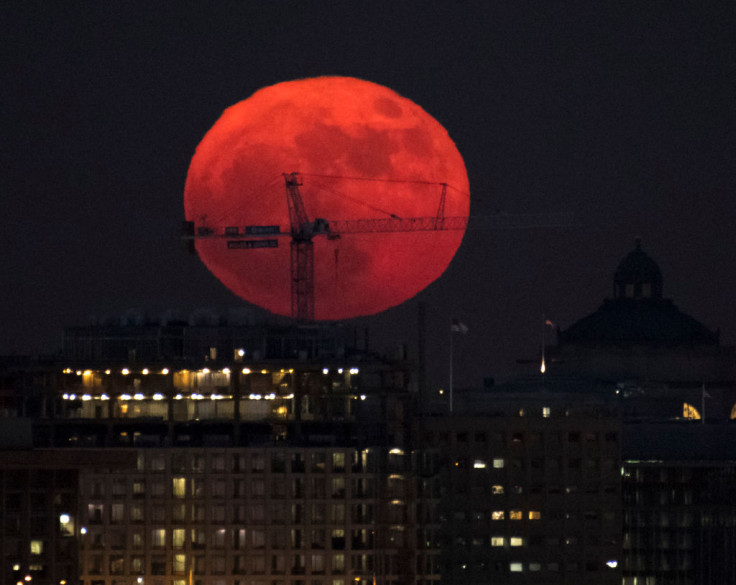
Planetary trio – 7-8 March
In early March, south-eastern skies will play host to a rare planetary alignment – a line formed by Earth's siblings, Saturn, Mars and Jupiter. During this event, which is slated for sometime around March 7, the three planets will appear close to each other, while the Moon will 'appear' to be near them. Not to mention, this will probably be the best opportunity for shutterbugs to capture solar system's biggies and the Moon in a single wide-angle shot.
Lyrids meteor shower – 22-23 April
Though Lyrids run from 16 to 25 April, the peak of the meteor shower would be overnight on 22 and 23 April. The annual celestial event is expected to bring about 20 shooting stars per hour, giving skywatchers a real treat. The best views will be captured after midnight when the first quarter moon sets, leaving the skies dark. The meteor shower takes place when the Earth passes through the dust trail left behind by the comet C/1861 G1 Thatcher.
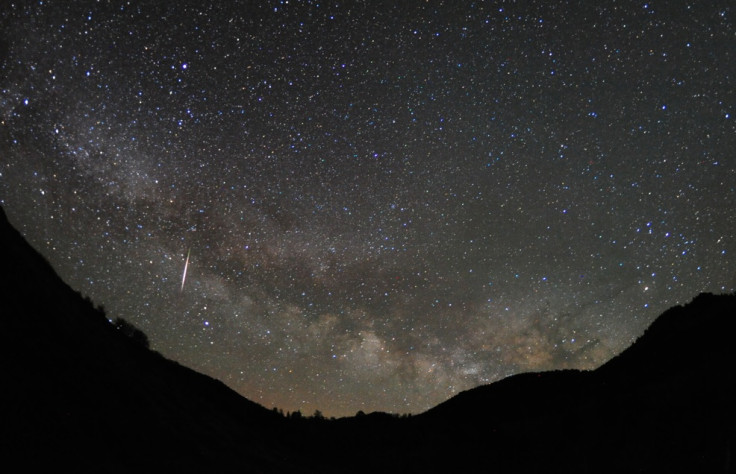
Eta Aquarids meteor shower – 6-7 May
The Eta Aquarids meteor shower will peak on the night of 6 May and during the pre-dawn hours of 7 May. The meteor shower runs from mid-April to the end of May, but during the peak, views are impeccable. This year, viewers in the southern hemisphere can expect around 60 meteors per hour, while those in the northern hemisphere will be able to see around half of that number. A waning gibbous moon could hide fainter meteors but open spaces with minimal light pollution could definitely get you some exemplary views.
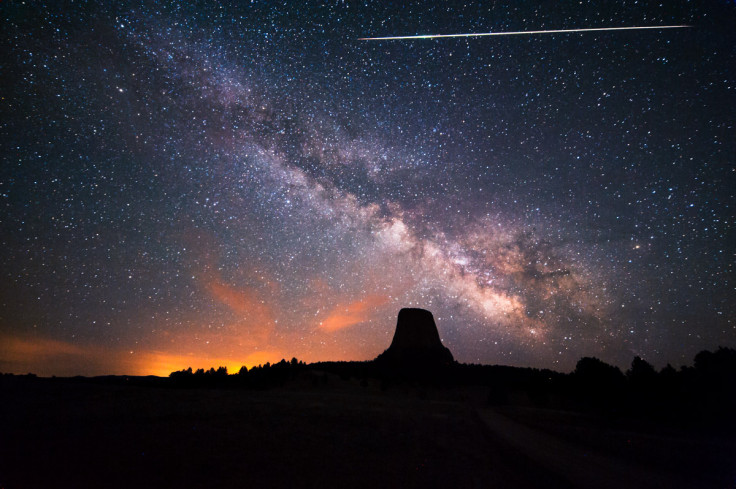
Moon-Venus, Moon-Mars conjunction and total lunar eclipse – all in July
July will be an eventful month for skywatchers, who will be treated with two conjunctions and the second lunar eclipse of the year.
First, on July 15, Venus will appear bright in the southwestern sky, extremely close to a crescent moon. The best time to view the planet would be around sunset when it would appear low near the Moon.
Almost a couple of weeks later, a total lunar eclipse will be visible in South America, Europe, Africa, Asia and Australia on 27 July. The eclipse – the second totality in 2018 – will occur with the smallest full moon of the year, or at the time when it will be farthest from the Earth.
Finally, towards the end of the month, the Red Planet will show off its good looks in a glaring bright orange avatar in the night sky. According to National Geographic, Mars' orbit around the Sun is not perfectly circular, which means it may come close to our planet on a few occasions. Precisely, 31 July will be the date when the Red Planet will be the closest to the Earth after 2003. It will come within 35.8 million miles of Earth and will not appear this bright and big again at least until 2035.
Partial solar eclipse and Perseid meteor shower – August
A partial solar eclipse will be visible on 11 August. Though this will not be as impressive as the Great American Eclipse of 2017, people in North America, parts of Europe, and Asia will have a good opportunity to capture the Moon as it partially blocks the Sun for a few minutes, with the view often compared to the bite of a cookie. The Sun will be obscured during this time, and people in China and Russia will have the best seats to capture the entire event.
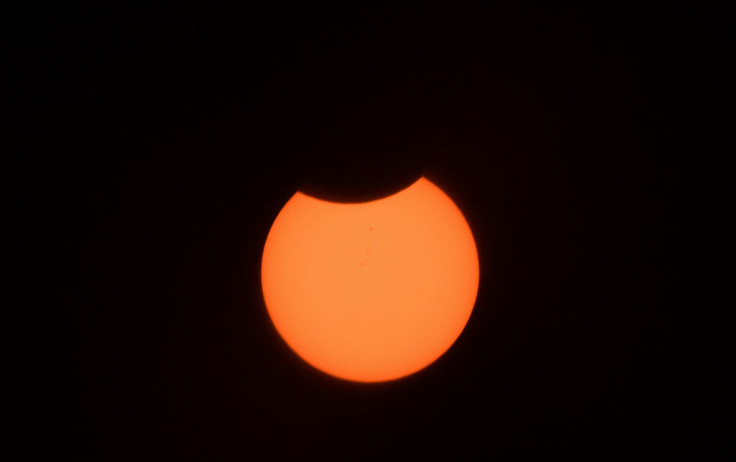
Just a day later will be the peak of the Perseid meteor shower, offering spectacular views of shooting stars in the night sky. The event, according to Space.com, will begin on the night of 12 August and continue till the pre-dawn hours of 13 August. During this period, skywatchers will get to view around 60 shooting stars per hour as it would be a dark, moonless night.
Geminid meteor shower and comet encounter – December
Geminids, the king of meteor showers, will peak overnight on 13 and 14 December. These shooting stars are visible from December 7 to 17, but during the peak, it can produce up to a whopping 120 multi-coloured meteors per hour. This event takes place when the Earth passes through the debris left behind by asteroid 3200 Phaethon.
Around the same time, skywatchers in the northern hemisphere may get the chance to capture the brightest comet in five years. As per National Geographic, comet 46P/Wirtanen is likely to fly by close to Earth on 16 December, coming within 7.2 million miles of our planet. In doing so, the icy space object is expected to shine brightly, offering viewers spectacular night sky views. The comet will first slingshot around the Sun and then make a brief appearance for earthlings while passing through the Pleiades and Hyades star clusters.
